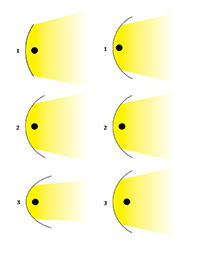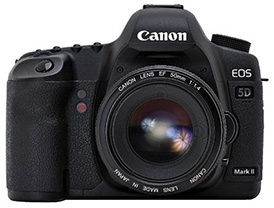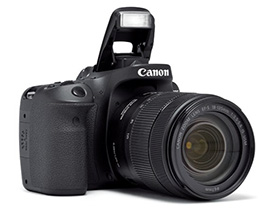
Watt-Seconds or Guide Number?
I am a student of photography. When using studio flashguns, I notice that photographers use the term ‘Watt-Seconds” to denote the power of a flashgun. At the same time, I have also noticed that the power of a flashgun is mentioned as Guide Number. Which is right and which is wrong?
G. S. Ambekar, Nagpur
Neither is actually wrong but I prefer to use the term Guide Number (GN) instead of Watt-Seconds (WS). A flashgun in its simplest form has a flash tube, behind which is a reflector that spreads the light. Watt-Second denotes the output power of the bare flash tube, without a reflector. So if you are using a bare flash tube (no reflector), then it would be right to mention the output power in WS.
That said however, most flashguns use a reflector to spread/control the light. The spread of light and output power will depend on the shape of the reflector, the surface of the reflector (whether shiny or mattor dull), and the distance between the flash tube and the reflector. There is no international standard regulating the points mentioned above, and hence different manufacturers design their flashguns according to what they feel is correct.
As an example, three flash tubes are emitting the same amount of light but each has a reflector of slightly different shape, different polish (hence reflectivity), and different distance between the flash tube and the reflector. If you were to measure the light using a flash meter, say at 10 feet, each of these will show a different f-stop. Remember, all the three flash tubes are of identical power, yet the final output, as measured by the flash meter, is different. When we talk of Guide Number, the effect of the differences in the shape of the reflector, reflectivity and flash tube to reflector distance is taken into account for the output measurement. Hence, in my opinion, Guide Number is a more meaningful way of describing the power output of a flashgun.
Grey Card for Sunsets
How can I use a 18% grey card for evaluating the exposure for a sunset?
Arvind K, via email
Actually, you should not use a 18% grey card to evaluate the exposure for sunset (or sunrise). Grey card exposures work best when the light is from behind the photographer. I would point my exposure meter (in Spot Metering Mode) to an area of the sky that appears mid-tone to me and use that exposure. I would also check the exposure on the Histogram and make necessary adjustments to the exposure, if need be.


Used Canon 5D Mark II or new 80D?
I am getting a used Canon EOS 5 D Mark II camera at Rs. 50,000/- (body only) in perfect running condition in New Delhi Kucha Chaudhary market. Should I go for this camera or purchase a brand new Canon 80D model? Which will be better in image quality performence?Kindly guide.
Virag Sharan, via email
Good question. But you haven’t mentioned the genre of its main use
Let’s check the basic specifications: The 5D Mark II has a larger imaging sensor. Larger the sensor, better the image quality (all other things being equal). At the same time, comparatively, its old technology! Incamera terms, every six months (or a year), we see lots of improvements in image quality.
Highlighting denotes advantage. There are several other differences but the main ones are as above.
Even though the 80D has a smaller sensor, it uses a much superior image processor (Digic 6). This could surpass the image quality of the much older 5D II with the Digic 4 image processor. The extra AF points on the 80D, higher LCD resolution, greater shooting speed (7 fps against 3.9 fps on the 5D II), better ISO range and a better level of exposure compensation would make me go for the EOS 80D. Secondly, in general, buying a second-hand camera body could be risky. You do not know if the camera was repaired, how many times or how carefully the owner has cleaned the imaging sensor and whether the cleaning was done at an authorised service centre. All you can do is see the body for signs of misuse/scratches and check the number of shutter activations. When you purchase a new camera, you get two years’ warranty, which you do not get when you buy second-hand.


